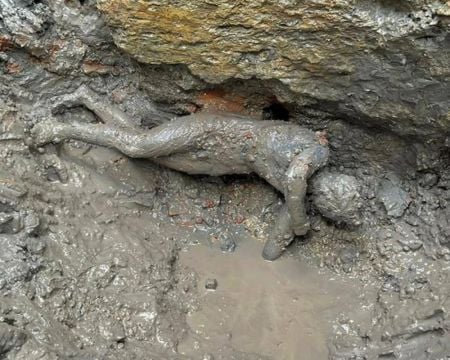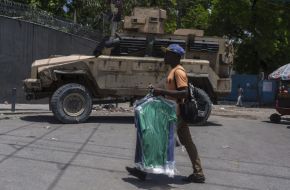The discovery of 2,000-year-old bronze statues in an ancient thermal spring will “rewrite history” about the transition from the Etruscan civilisation to the Roman Empire, Italian experts have said.
The find in the San Casciano dei Bagni archaeological dig near Siena, Tuscany, is one of the most significant ever in the Mediterranean and certainly the most important since the 1972 underwater discovery of the famed Riace bronze warriors, said Massimo Osanna, the Culture Ministry’s director of museums.
Thanks to the mud that protected them, the figurines were found in a perfect state of conservation. Alongside the figures were 5,000 coins in gold, silver and bronze.

As evidence of the importance of the find, the ministry announced the construction of a new museum in the area to house the antiquities.
Jacopo Tabolli, who coordinated the dig for the University for Foreigners in Siena, said the discovery was significant because it sheds new light on the end of the Etruscan civilisation and the expansion of the Roman Empire between the 2BC-1BC.
The period was marked by wars and conflicts across what is today’s Tuscany, Umbria and Lazio regions, and yet, the bronze statues show evidence that Etruscan and Roman families prayed together to deities in the sacred sanctuary of the thermal springs. The statues bear both Etruscan and Latin inscriptions.

“While there were social and civil wars being fought outside the sanctuary … inside the sanctuary the great elite Etruscan and Roman families prayed together in a context of peace surrounded by conflict,” Mr Tabolli said. “This possibility to rewrite the relationship and dialectic between the Etruscan and Romans is an exceptional opportunity.”
Some of the two dozen bronzes are entire figures of humans or gods while others are of individual body parts and organs which would have been offered to the gods in plea for intervention for medical cures via the thermal waters, the ministry said.







